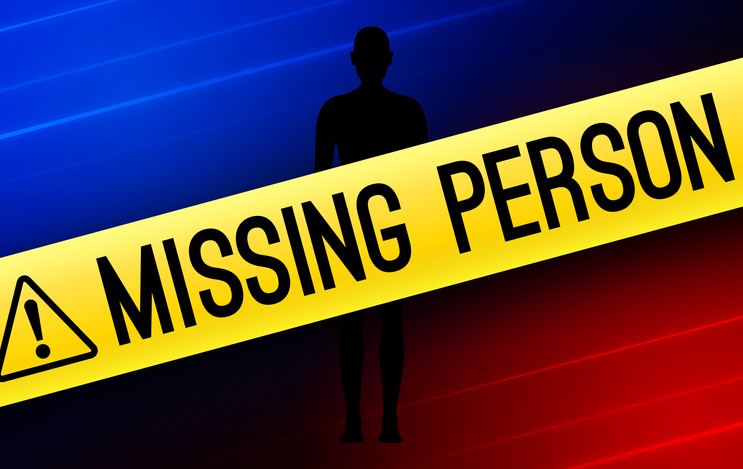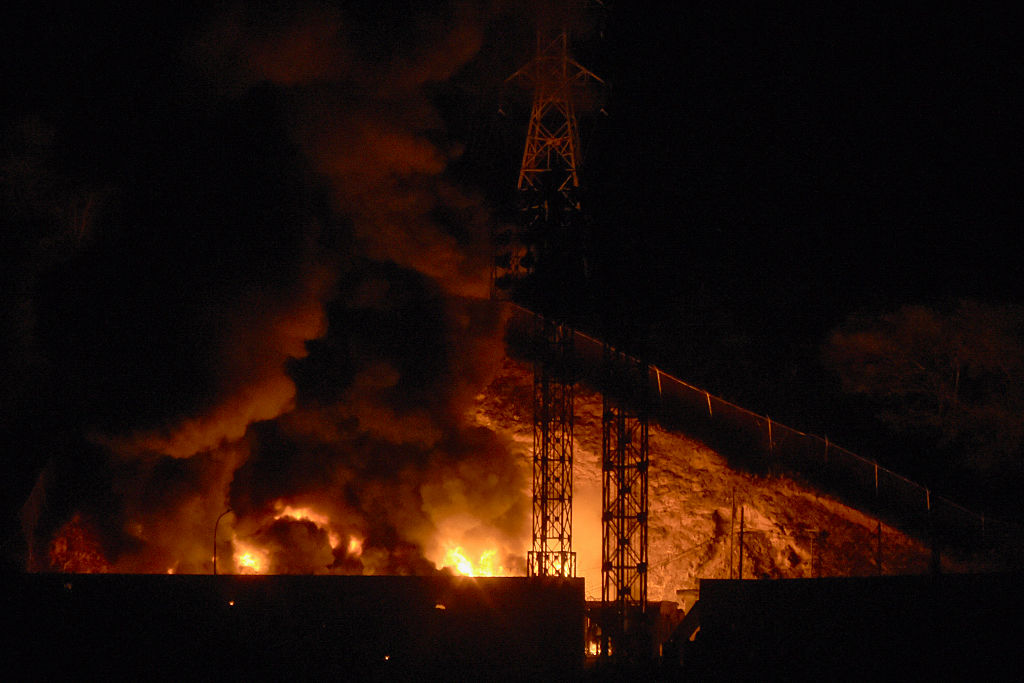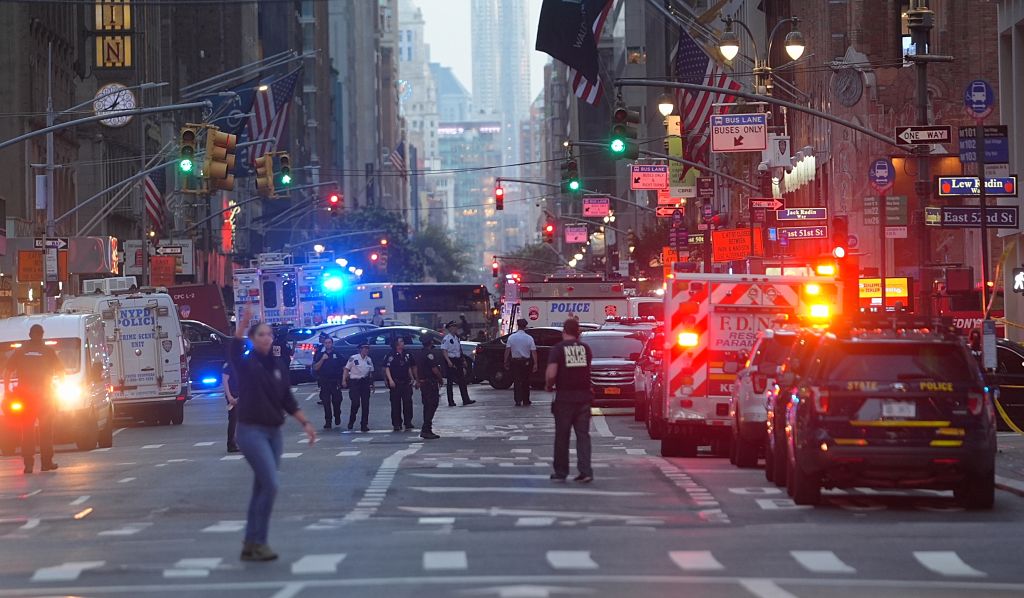Black Missing Persons Cases Still Get Less Media Attention. Here’s A Solution


When 24-year-old Tamika Huston went missing in 2004, her aunt Rebkah Howard knew that media coverage would be the key to getting answers. Howard was a publicist, so she knew how and who to reach out to media outlets in Spartanburg, South Carolina, and beyond. The national media ignored her requests for months. Around the same time, she saw nationwide coverage of Lori Hacking, a Salt Lake City woman who gained round-the-clock national news coverage within a week of going missing. The double standard was clear.
“I kind of started changing my pitch a little bit, and I’d be like, ‘You guys are ignoring other young women at the Black Women’s expense. If you don’t want to hear about Tamika, let me tell you about Latoya Figueroa in New York City. Let me tell you about so and so.’ And I was like, this is a problem. And eventually, news outlets started to pick up on that story. And Tamika became a symbol of missing white woman syndrome.”
That media coverage was the key to their family learning that Huston had been killed by a male acquaintance.
Through the years, community advocates and family members of missing persons have spread awareness about the bias in media coverage. But the Black and Missing Foundation Inc. (BAMFI) co-founders know that there is still urgent work to do. They’ve partnered with the Washington Association of Black Journalists to create The Media Guide for Reporting on Missing Persons, a free resource that newsrooms and communities can use to resolve these cases.
Co-founder Natalie Wilson, who’s been leading the foundation with Derricka Wilson since 2008, knows the difference that visibility can make in saving lives.
“If you don’t know someone is missing from your community, how do you spring into action to help find and bring them all home?” she said. “It made sense to partner with WABJ. It made sense to create this guide to really give newsrooms actionable ways to cover cases fairly [and] consistently. And what we want to do is to remove biases, ensure equal attention, and make sure that every story has a chance to be told.”
The guide aims to close the bias gap that prevents Black missing persons from getting the attention their cases deserve. The co-founders said that they aren’t asking for preferential treatment, but for equal media coverage.
“This isn’t a Black issue. It’s not a white issue,” Derrica said. “This is a humanity issue, and families all deserve the same resources.”
The foundation stresses that the first 24 to 48 hours are crucial in missing persons cases. However, they found that many newsrooms didn’t have set practices and guidelines in place for covering these stories.
Natalie approached WABJ President Philip Lewis about partnering on a guide in February. Lewis organized a task force of 11 to collaborate with BAMFI co-founders and board members—including Howard and Derrick Butler, whose sister Pamela Butler went missing in 2008—to create this guide.
“We wanted to figure out ways that we could collaborate with organizations to kind of help push the work that we wanted to do at WABJ forward, and this was a collaboration that just really made sense,” Lewis said. “According to FBI reporting, almost 40 percent of missing person cases are people of color. And as journalists, what we wanted to make sure we did at WABJ was giving our journalists an opportunity and our members an opportunity to be involved in the community and do work that impacts communities nationwide.”
Natalie, also a WABJ member, emphasized that it’s not enough to just tell the story of these cases, but also to avoid stereotypical portrayals. The foundation suggests that reporters ask family members for photos and details instead of pulling unflattering pictures and using harmful language.
“We want to humanize this missing individual, because they are mothers, they are fathers, they are our children, who are disappearing at an alarming rate,” she said. “Our girls, when they are victims of sex trafficking, many times they are adultified and they’re not seen as victims. And we are trying to change the narrative so it doesn’t matter their race, their background, their economic status, their education or their prior history, they deserve to be seen with dignity and represented with dignity.”
Since 2008, BAMFI has helped find more than 500 missing individuals. They’ve worked with hundreds of families in the pursuit of finding answers, not closure, Derrica said. That includes Butler. With the help of the foundation, Butler acted with the media quickly and consistently for eight years until the police discovered his sister’s body, as well as a slain wife who had been killed by the same man.
“Every nano second counts. The most important thing is that we get the story out. We keep the story out there, and we paint the person as a person,” he said. “It should not matter what they’re doing or how they’re acting, what they look like. Report the case with some humility and make sure that people understand this person is loved by somebody. Those things need to be done, and we need to do it around the clock.”
Natalie and Derrica hope that people download the media guide and use it in newsrooms, journalism classrooms, and beyond.
“We’re so much stronger together,” Derrica said. “It takes all of us—law enforcement, the media, and the community—to help find us.”
SEE ALSO:
Podcast Highlights Cases Of Missing Black People
The Tragic Death Of Tomitka Jurnett-Stewart
Rep. Ilhan Omar Announces The Brittany Clardy Act For Missing And Murdered Black Woman And Girls
What's Your Reaction?
 Like
0
Like
0
 Dislike
0
Dislike
0
 Love
0
Love
0
 Funny
0
Funny
0
 Angry
0
Angry
0
 Sad
0
Sad
0
 Wow
0
Wow
0































